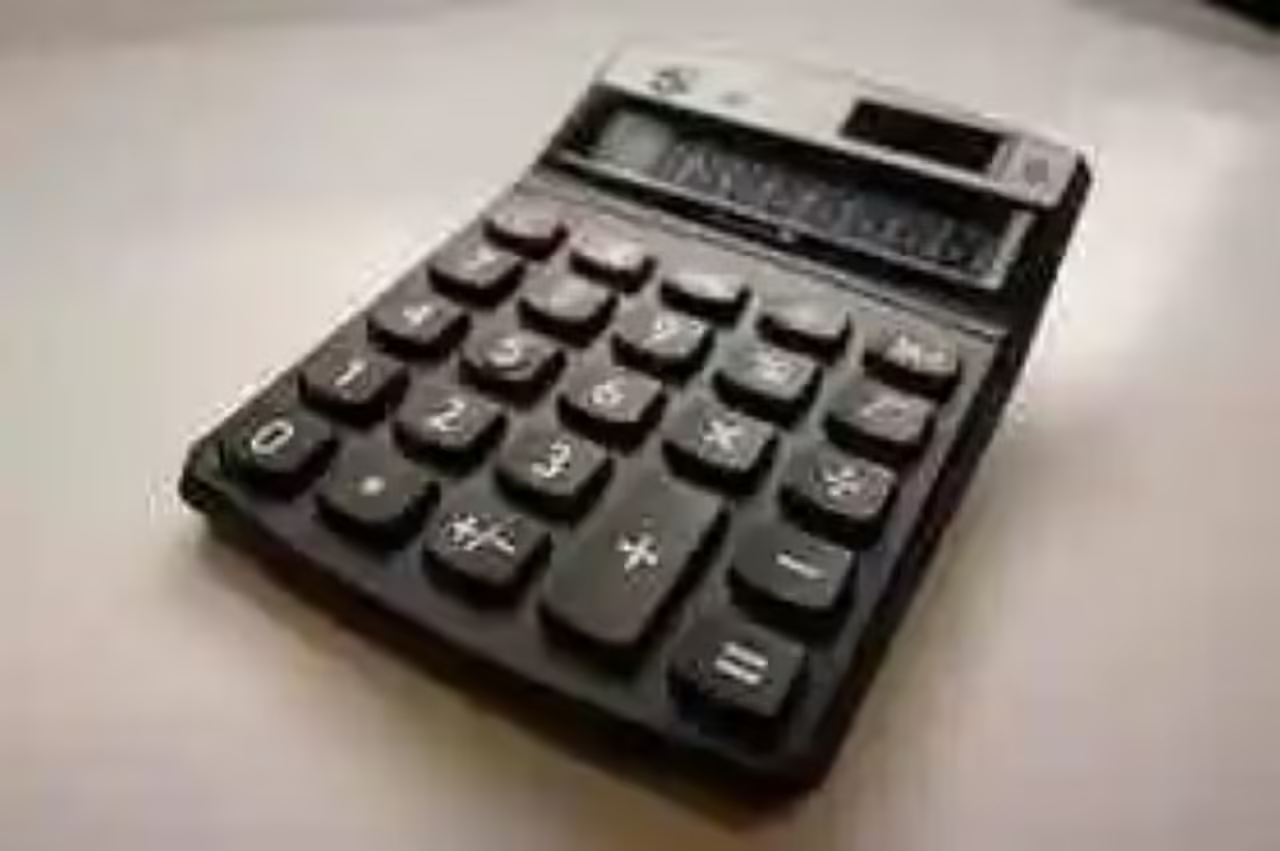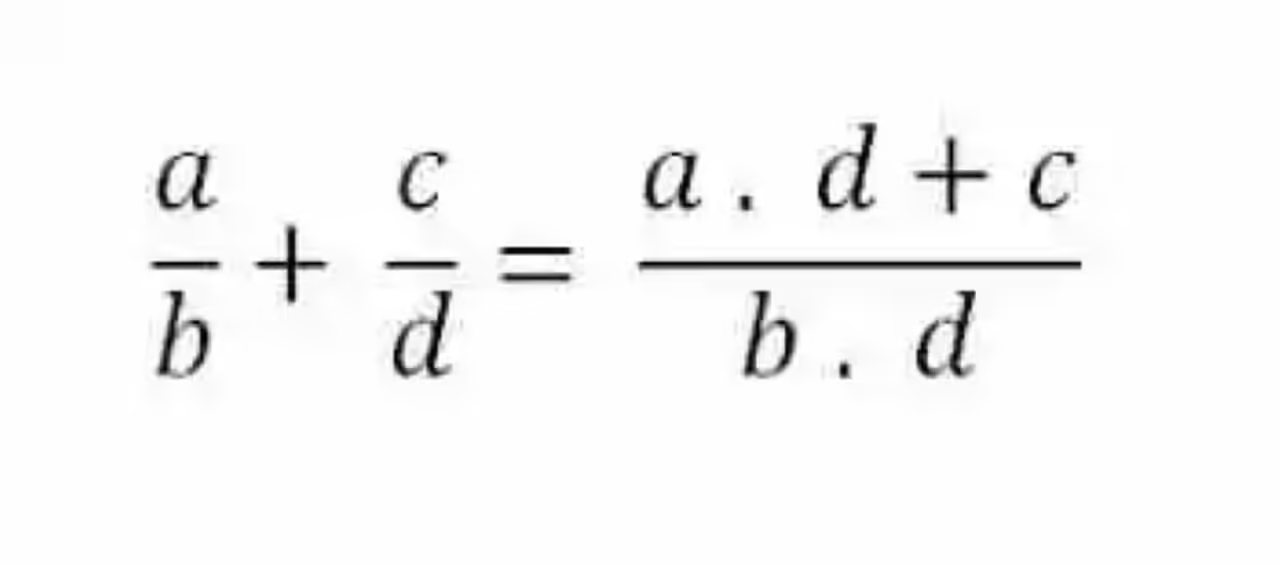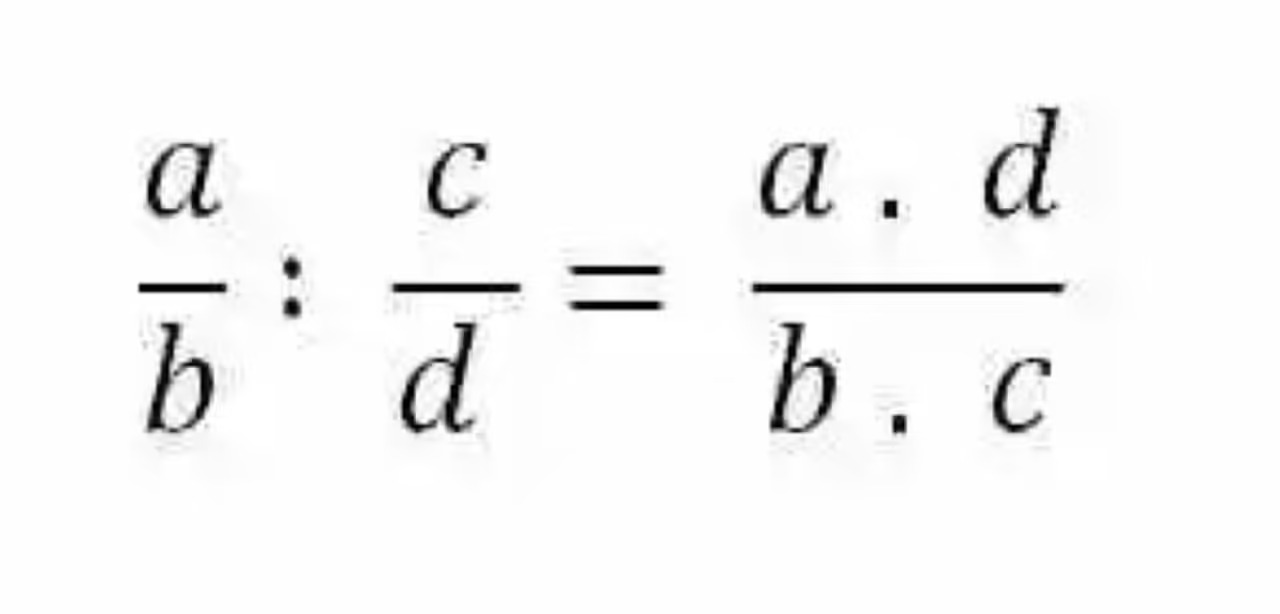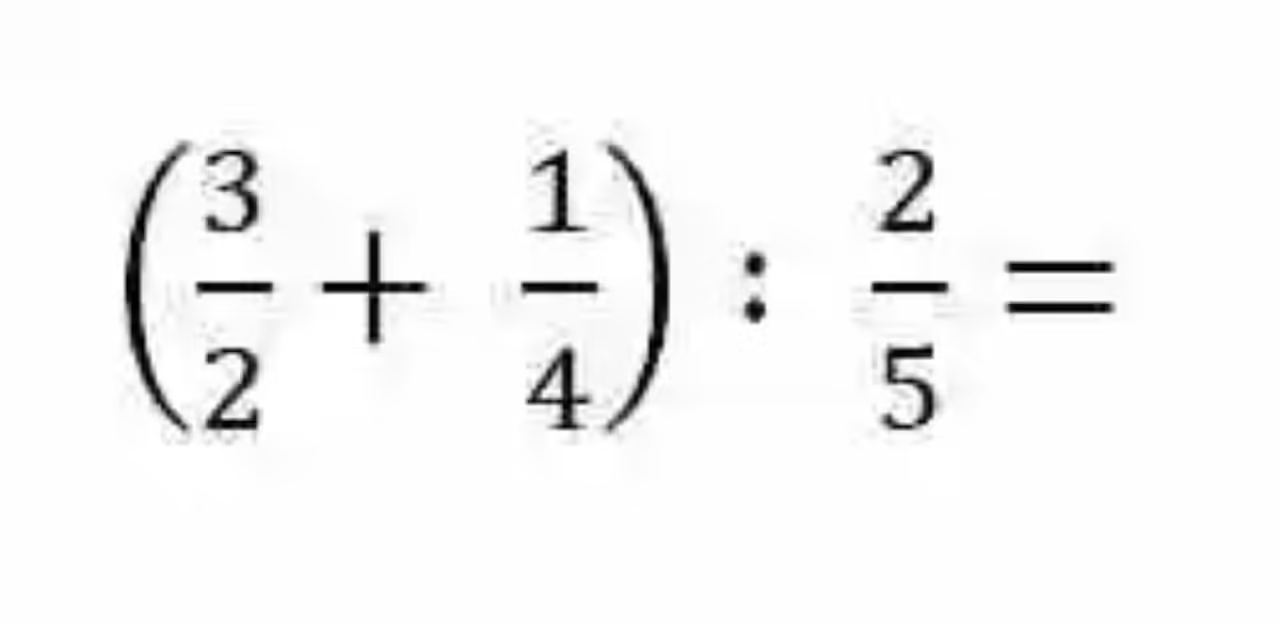Perhaps the best way to approach an explanation on Distributive Property, present in the Fractions Division, is to take into account in advance some concepts, which will allow us to understand this Act in its precise context.
Fundamental definitions
In this regard,it may also be prudent to delimit this theoretical review to three specific notions: Fractions, as well as The Sum and Fractiondivision, as these are respectively the expression and operations related to this property Mathematical. Here are each of these definitions:
Fractions
Therefore, it will begin to say that mathematics has explained fractions as an expression, through which you can account for fractional amounts or numbers, that is, not accurate or integer. Similarly, this discipline has pointed out that the Fractions will be made up, without exception by two elements, each of which has been defined as seen below:
- Numerator: First, you will find the Numerator, which will be used to occupy the top of the fraction. Its main mission is to identify how many parts are taken altogether, or which the fraction realizes.
- Denominator: On the other hand, fractions will also have the Denominator, which will be seen as the element occupying the bottom of the expression. Regarding its task, the Mathematics indicates that the Denominator has the task of indicating in how many parts the whole is divided, of which the fraction represents only one or one, indicated by the numerator.
Sum of fractions
Thus, it will also be necessary to repair a moment in the operation called Sum of Fractions, which on its side has been defined as a mathematical procedure, by which it seeks to combine the values of two or more fractions, which are called in order to get a total.
The correct way to solve this type of operations will be to multiply the numerator of the first fraction by the denominator of the second, in order to sum the result with the numerator of the second fraction, meanwhile the denominators will multiply between them. This operation can be expressed as follows:
Fractional division
Finally, it will also be necessary to review the concept of Fractional Division, which will be seen as a procedure aimed at calculating what is the quotient of two mathematical expressions of this type, or what is the same: how many times is found including one fraction in between.
Likewise, the different sources have pointed out that the most practical way to solve this type of operations will be through the method of cross multiplication, then calculating the product between the numerator of the first fraction and the denominator of the second, as well such as the denominator of the first expression and the numerator of the other fraction involved in the operation. For its part, this operation may be represented mathematically as follows:
Distributive property in the Fractions Division
Bearing in mind each of these concepts, it may be much easier to undertake an explanation on Distributive Property, inherent in the Fractions Division, seen as the mathematical law that is present in this operation, and which dictates that all once a division is established where the dividend is a sum, the trade can be resolved by dividing each of the sums between this divider, and then the quotients are summed. This mathematical property can be expressed as follows:
Example of Distributive Property in the Fractions Division
However, it may be that the best way to complete an explanation on Distributive Property in the Fractions Division may be to set out a particular example, which will allow us to see in practice how the enactment of this mathematical law is complied with, as can be seen Then:
Check the distributive property of the following Fraction Division, as to the sum:
To do this, it will be necessary to really check if the operation posed by this mathematical property is feasible.
Warning
Finally, it should be noted that Mathematics is emphatically in stating that the Distributive Property present in the Fractions Division, in reference to the sum, may occur only when the sum occupies the place of the dividend, since if it appears in the role splitter will not be possible to apply this property.
Picture: pixabay.com













